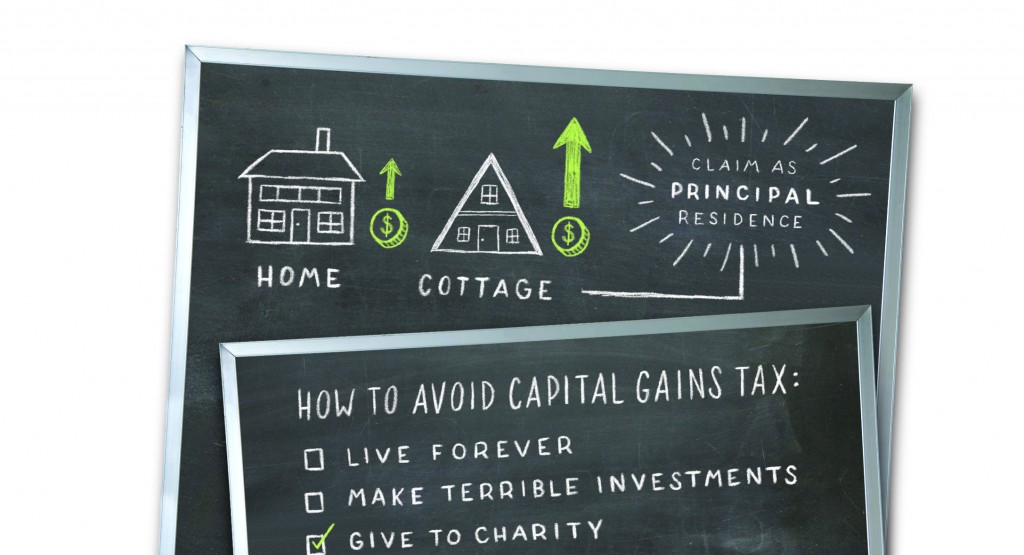Pay less capital gains tax
It’s possible to defer, reduce and sometimes even avoid capital gains taxes
Advertisement
It’s possible to defer, reduce and sometimes even avoid capital gains taxes

Share this article Share on Facebook Share on Twitter Share on Linkedin Share on Reddit Share on Email
Question: If I purchased a condo a few months ago, and plan on selling it to buy another condo very shortly, how will this affect me as a low-income individual (under 40K)?
That is a great question. Due to the large volume of comments we receive, we regret that we are unable to respond directly to each one. We invite you to email your question to [email protected], where it will be considered for a future response by one of our expert columnists. For personal advice, we suggest consulting with your financial institution or a qualified advisor. Thank you.
Due to the large volume of comments we receive, we regret that we are unable to respond directly to each one. We invite you to email your question to [email protected], where it will be considered for a future response by one of our expert columnists. For personal advice, we suggest consulting with your financial institution or a qualified advisor.